|
Many writers focus only on the plot of their story. They have a fantastic idea, but the story wanders and stagnates. Why? Was it because they were a pantser? Or did a plotter go stale? Neither. Usually, the author simply did not ask their story the right questions.
Story is about someone solving a problem. It’s best to know exactly what that problem is before you hit the publish button, or even begin to write. If you can concisely sum up what your story is about, it will be far easier to write, and have a much better chance of getting attention. How do you sum up a complex story? Try summing up your story by explaining what your theme, conflict, and plot are, and how they work together to solve the story problem.
Once you are able to explain what your theme, conflict, and plot are, you will find it much easier to sum up your story in a short paragraph (and even put it together in a gripping synopsis!). Once you can sum up your story, you can keep it focused, keep it strong, and it will make editing SO much easier for you. Book Recommendations (with Amazon Affiliate Links)
If you’d like to check out a well written book synopsis that outlines the 3 keys of their story, I recommend you read the synopsis of these well written books.
(BTW, these are Amazon Affiliate links. If you buy these books, you help their author, and you help me as well): Where are you in your writing journey?
Is this overwhelming? Does the idea of writing a pager turner sound impossible? Do you want to be the author of the next best seller, but fear you won't meet your goals and expectations?
I'm hear to help. You can subscribe HERE (or below) and receive access to several free PDF books that will walk you through the steps of writing a compelling story with dynamic characters, PLUS get early access to exciting writing career boosting opportunities!
Great writers always clue us into what the characters are thinking and feeling, because that’s where the story lives. But, that's easier said than done. How do you learn to get your reader to feel and put your book on the "All The Feels" list on Goodreads?
Well, my first suggestion is to read more books! Find some books known for giving you the feels, and read them. Dissect them. Watch how the author does it. I will list a couple I recommend below in an affiliate link! Next, ask yourself these questions:
Help the reader feel what the protagonist feels. Let the reader into their feelings at every turn. Give them what they need to be invested in the story. Don't bog them down with cool world crafting and spell mechanics and backstory. Just let them get in your character's head and heart, so they can celebrate, or cringe, or cry with your character. Book recommendations (with Amazon Affiliate Links)
Just click the book image, and it will take you straight to Amazon! If you purchase something, it will give me a tiny little commission that will probably be used to buy kids vitamins, dog treats, or more books.
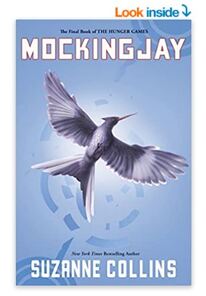
Mockingjay is the third book in the Hunger Games trilogy, and you really won't understand all of the emotions in it without the other two books. The other two books build up to this book, so it is RAW EMOTION. Yet, the author's writing style never changes between the books. You, as the reader, have just taken a wild journey with the character, and know what she loves, expects, and hopes for. So, before you know it, your emotions are wrapped up in her success and failure as well. 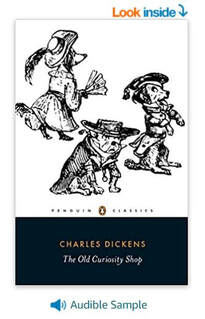
If you like classics, my mom recommends Charles Dickens for drawing in reader emotion. Specifically, she recommended The Old Curiosity Shop. Published in 1841, The Old Curiosity Shop was an instant bestseller that, even while it was criticized for its sentimentality, captured the hearts of the nation with its portrayal of little Nell Trent, who is thrown into a terrifying world when her beloved grandfather is unable to pay his debts to the loathsome Quilp. 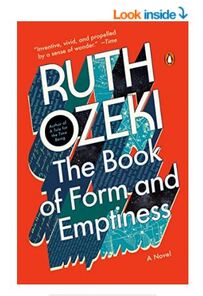
The Book of Form and Emptiness finds a mother and son grappling with the profound loss of the father of the family. While the mother’s anguish expresses itself in a hoarding problem, her son hears inanimate objects talking to him, and these voices eventually overwhelm in a cacophony that drowns out his own. Did I mention the book itself is also a character? Are you wanting to learn more about writing?
Is this overwhelming? Does the idea of writing a pager turner sound impossible? Do you want to be the author of the next best seller, but fear you won't meet your goals and expectations?
I'm hear to help. You can subscribe HERE and receive access to several free PDF books that will walk you through the steps of writing a compelling story with dynamic characters, PLUS get early access to book coaching opportunities and sales! 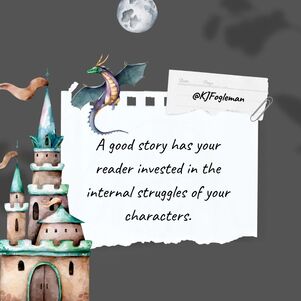
Story is internal, not external.
If the reader is not feeling what the protagonist feels, the reader won’t keep reading. Everything that happens in a story NEEDS to affect the protagonist. If it doesn’t affect the protagonist, it doesn’t trigger emotion, and so remains neutral to your reader. The reader’s understanding is important as we share the protagonist’s thoughts when their expectations are being met or not being met. If your reader doesn't understand, they have no emotional investment. Perspective
Recommended Book
|
The beasts of the field shall honour me, the dragons and the owls. - Isaiah 43:20
The AuthorKathryn WhiteSelf-published author of the fantasy series, Tales of the Wovlen, Kathryn spends a great deal of time in the world of her imagination, having tea with fire breathing dragons, writing books on flying space ships, and practicing her mad scientist laugh with gusto. However, on occasion, she returns to this world just to play with her dog, blog about her fun, and coach people through writing self-doubt. My First BookMy Latest BookConsider buying my books, or other books, using my affiliate links:
Never Miss a Post! Sign up for my Newsletter here!Archives
January 2024
Categories
All
|

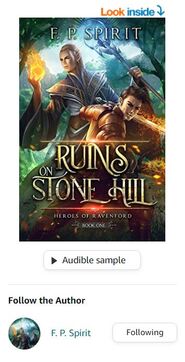
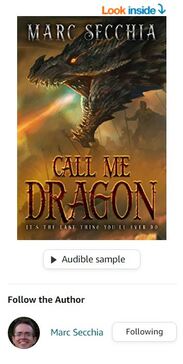



 RSS Feed
RSS Feed
